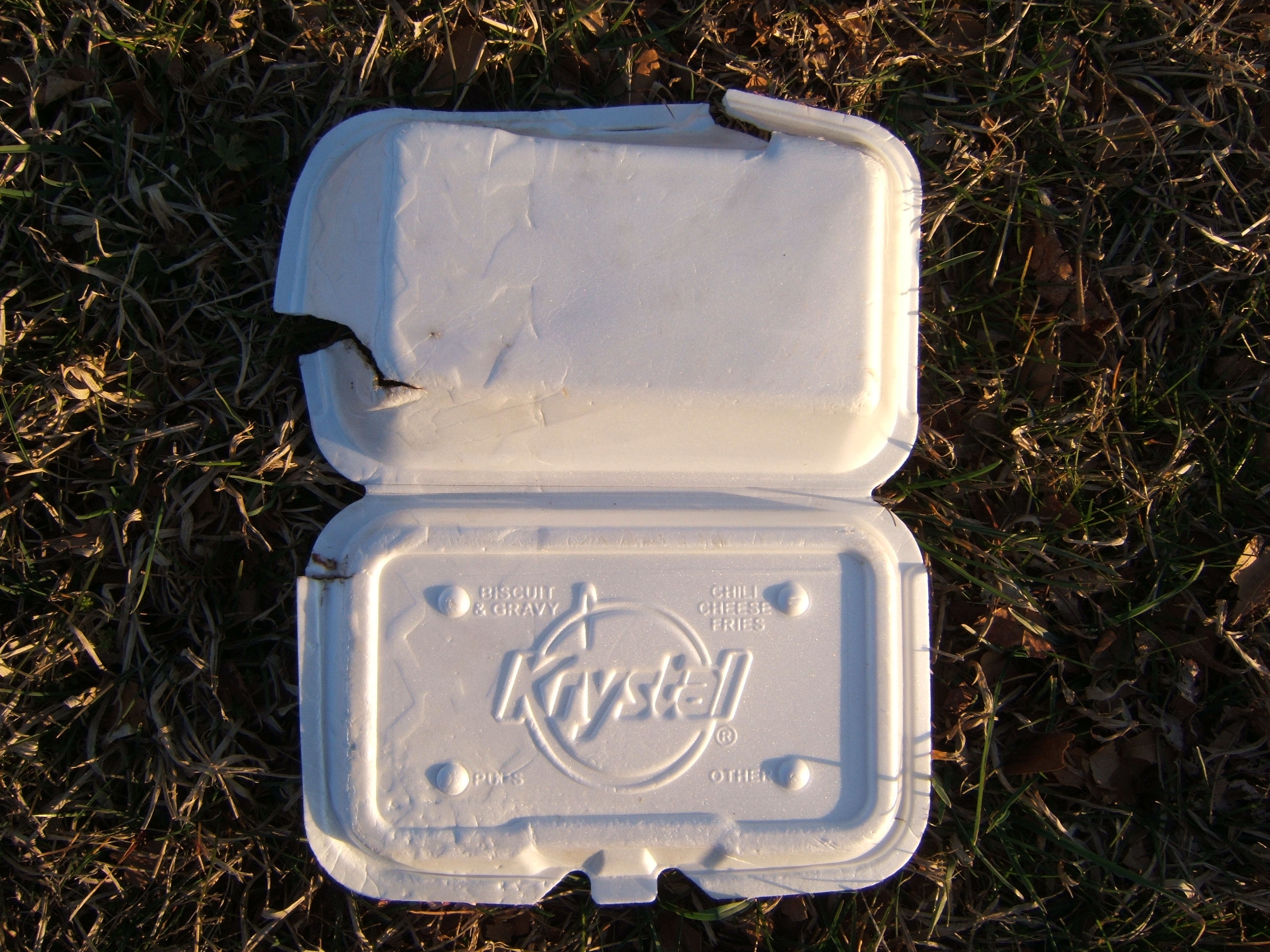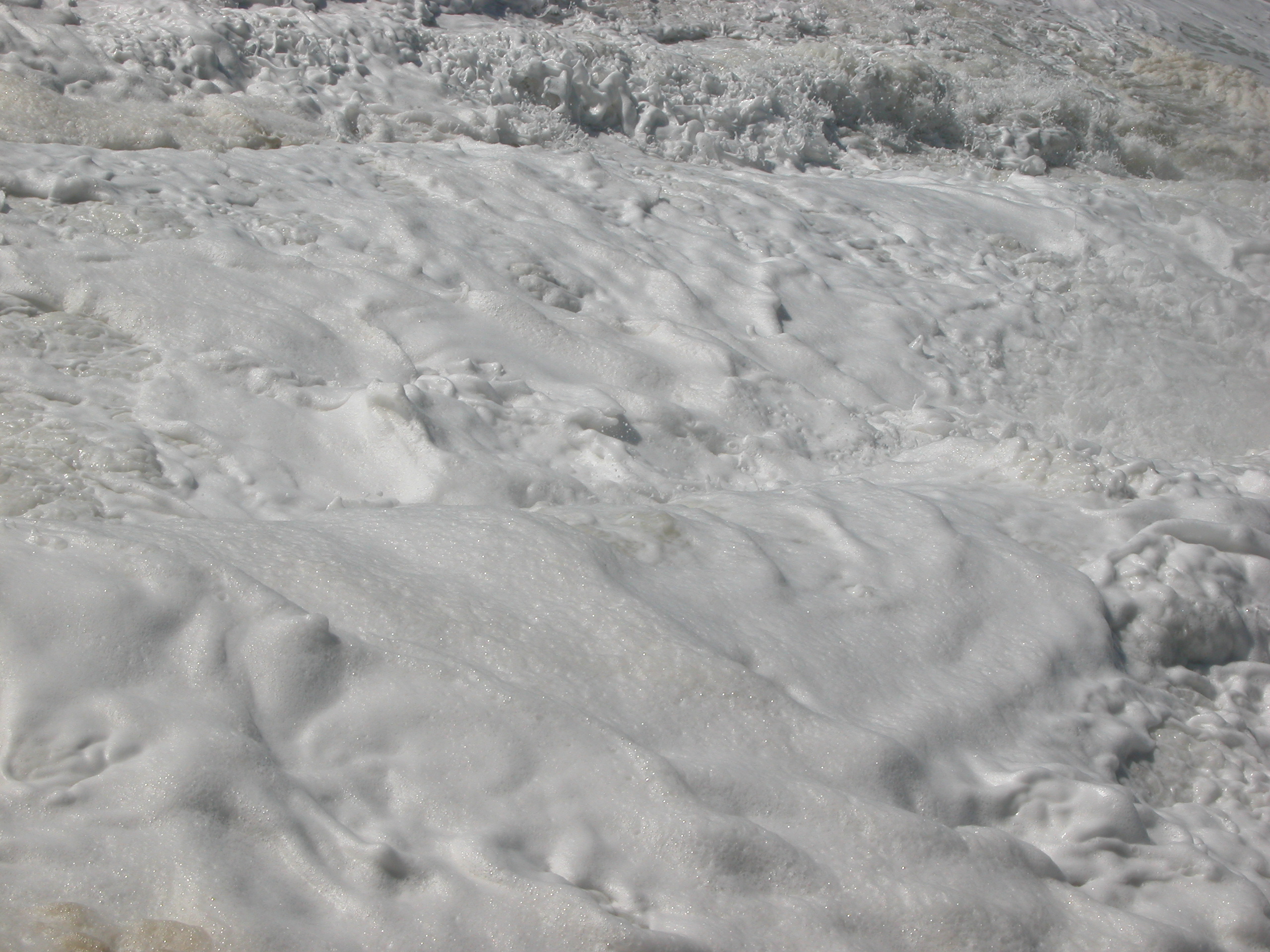We are the Best in Town With over 10 Years of Experience.
- Phone Number
- +251-910-858-302
- Yeka Sub-City, Woreda 11
Asmara Road, Addis Ababa, Ethiopia.
- Email Address
- info@addisagents.com
Installation crew, courteous, focused, work together as a team. Tell us about your project and we’ll match you to the perfect pros. The workers were very hard workers, friendly, and considerate, when they were at our home. Left everything clean and orderly when they left, we were very impressed with their work. Made from recycled fibers and treated for fire-resistance, loose-fill cellulose is a great option for attics. SFWW gives many of us a place to get adequate training from places we otherwise may not. Super grateful for this community of experts willing to help anyone from any level of experience.
Tell us about your project and we’ll match you to the perfect pros. The workers were very hard workers, friendly, and considerate, when they were at our home. Left everything clean and orderly when they left, we were very impressed with their work. Made from recycled fibers and treated for fire-resistance, loose-fill cellulose is a great option for attics. SFWW gives many of us a place to get adequate training from places we otherwise may not. Super grateful for this community of experts willing to help anyone from any level of experience.
No matter your question or challenge, we always have your back with industry-leading customer service and technical support. Yes, I’m interested in receiving email updates on new products and promotions, tips and tricks, and other Graco news. This link will take you to the Insulation Contractors Association of America where you can search for a trained professional contractor. Many manufacturers will sell their products only to trained and certified technicians, and using the product requires a good amount of skill.
More contractors are turning to foam slab jacking instead of mud jacking to lift driveways, garage floors, and sidewalks. Graco’s powerful foam slab jacking pumps easily fill all underfloor cavities with expanding polyurethane foam, whereas concrete slurry often fails to fill the voids. If you beloved this information and also you want to obtain more info with regards to sites.google.com kindly pay a visit to the site. Graco manufactures the widest range of top-quality spray foam guns available today. From the ever popular Fusion AP to the revolutionary Fusion ProConnect, Graco offers spray foam guns that can tackle any application or environment you can throw at them. Turn to Graco when you need to deliver high-quality results for demanding spray foam jobs. The advantages of spray foam for attic and rim joist sealing and insulation.
However, in an existing home, portions of drywall may need to be removed to access the stud spaces, and specific installers may decline to tackle the job if the spaces are not visible. Spray foam insulation is designed to be applied in thin layers that expand up to 1 inch thick. Each layer should dry completely before subsequent layers are added.
Spraying foam insulation behind enclosed drywall can be risky, as too much insulation can cause the drywall to bow or break. Both products are propelled out of a hose with a blowing agent. These blowing agents range from harmless water and carbon dioxide to more environmentally dangerous hydrofluorocarbons , chlorofluorocarbons , and volatile organic compounds . Folks focusing on eco-friendly products will want to consider a company that uses spray foam that is low in harmful byproducts. Knowledgeable spray foam contractors will be able to provide information on what materials they use.
Some foams are even able to use water as a propellant, which has a GWP of close to 0. Folks looking for a company that keeps homes conditioned and comfortable will want to consider Dr. Energy Saver. This company provides whole-home insulation and HVAC services and has a presence in 25 states, providing a solution for spray foam insulation for homes of all sorts. Rats, mice and other pests can carry all sorts of disease, mites, fleas and their urine and feces can harm you or your family and your home in many ways. Pests like these absolutely love fiberglass and cellulose insulation because it creates a nice warm environment that creates a perfect condition for nesting. That won’t happen with foam insulation because of it’s expanding properties. It will completely seal holes and any entry points making it virtually impossible for pests to enter.
Some of these systems enable job site activity to be collected in real-time from a smart phone, tablet or computer. High quality data tracking and collection systems provide information on electric and hydraulic Reactors, indicating whether they are spraying, idling or turned off. A job log, daily usage log and system event log also provide important information that can aid the bidding process. Spray foam creates an energy-efficient home with total comfort and air quality right from the start. BobVila.com and our parent company, Recurrent Ventures, put conservation and sustainability at the forefront of much of what we do.
Spray polyurethane foam can help Californians save on energy costs as air leaks can waste up to 40% of a homes energy. Installing spray foam insulation in a new construction will cost less than installing it in an existing home because it can be sprayed in the wall and rafter spaces while they’re open. In a remodeling project, the installer may need to remove some wallboard or drill holes and use an injection method of installing the foam. The denseness and sealant qualities of spray foam insulation give it more thermal resistance than other types of insulation. R-value is measured by the material’s ability to reduce hot and cold thermal transfer by 1-inch thickness. In general, the cost of installing spray foam insulation ranges between $1,300 and $3,700, with a national average of $2,500. However, many factors determine the price, and homeowners can discuss these prices when the company representative schedules a consultation.
Spray insulation is made from polyurethane foam and comes in open cell and closed cell varieties which vary in density. Both open and closed cell forms offer superior insulation and air sealing qualities, as well as protection against moisture, noise, and pests. Spray foam insulation offers advantages in terms of financial savings, health, building efficiency, and a greener environment. By adhering to the inner surfaces of the studs and then curing to a hardened material, it offers added shear strength to a wall. This makes it well suited for bolstering metal buildings while providing thermal resistance at the same time. The cost to insulate a 30-foot by 50-foot metal building with closed-cell insulation ranges from $1,600 to $2,400. Drafty windows and other sources of air leaking in and out of a home can account for as much as 40 percent of a home’s energy cost.
Drafty windows and other sources of air leaking in and out of a home can account for as much as 40 percent of a home’s energy cost.